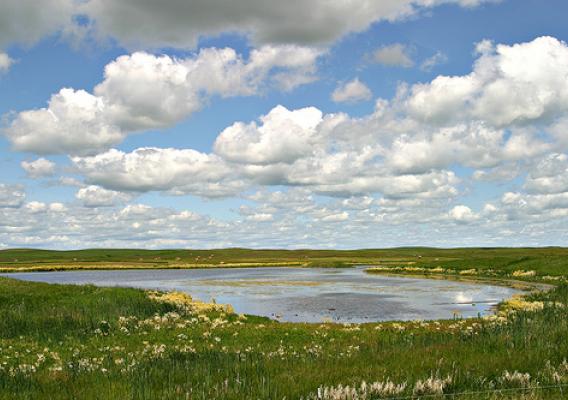I just spent the morning calling people who had applied to receive a USDA Farm to School grant. They were fun calls to make as I was letting this year’s awardees know their project had been selected for funding.
Today USDA announced awards for 71 projects spanning 42 states and the District of Columbia that support USDA’s efforts to connect school cafeterias with local farmers and ranchers through its Farm to School program.
USDA Farm to School grants help schools respond to the growing demand for locally sourced foods and increase market opportunities for producers and food businesses, including food processors, manufacturers, and distributors. Grants will also be used to support agriculture and nutrition education efforts such as school gardens, field trips to local farms, and cooking classes. Selected projects will serve more than 13,000 schools and 2.8 million students, nearly 45 percent of whom live in rural communities. Projects are diverse:






